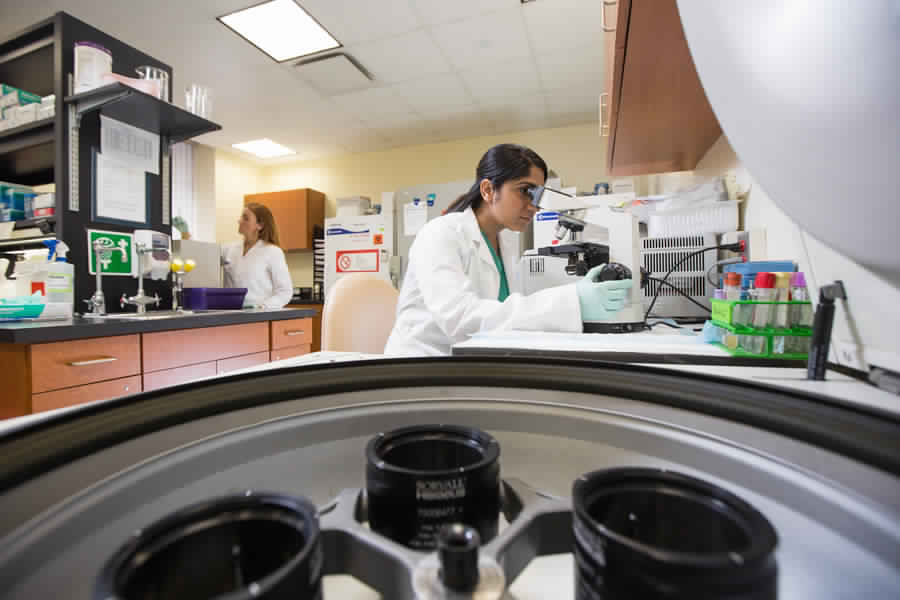
Toxicity testing of new compounds is an essential part of the drug discovery and development process. Preclinical toxicological studies informally referred to as tox studies are necessary to determine the possible harmful effects of a new chemical entity (NCE) or a newly developed drug.
This guide delves into the evolution of toxicity screening assays, with a special focus on the toxicokinetic (TK) study method. It also throws light on GLP toxicology studies, FDA recommendations.
Importance of Tox Studies
The purpose of ind studies extends beyond just ensuring the safety of an NCE or a newly developed drug product. Two key principles guide toxicity testing. The first one relates to assessing the toxic impact of the test substance on laboratory animals.
The first principle also includes assessing how that toxicity affects humans directly. The second principle relates to exposing laboratory animals to high doses of the test substance. That facilitates determining the potentially toxic effects humans may suffer when exposed to a significantly lower dose.
The tox study of an NCE and a newly developed drug is also a compliance need for regulatory requirements for the first phase of trial initiation. The U.S. Food and Drug Administration’s (FDA’s) requirements for toxicity assessment are in harmony with practices in the EU and Japan.
The Evolution of Toxicological Studies
A 2011 article in the Journal of Pharmacology & Pharmacotherapeutics informs that Paracelsus is globally recognized as the pioneer of toxicity studies. He lived during 1493-1541 and demonstrated how dosage determines the hazardous or beneficial effects of toxins.
The credit of developing the concept of modern toxicity assessment goes to the Spanish physician Mathieu Orfila (1787-1853). However, the screening methods for the toxicity of individual substances developed in the 1900s. The use of animals for toxicity screening developed in the 1920s.
A New Vision in Toxicity Screening
The 2007 publication by the U.S. National Academy of Sciences entitled Toxicity Testing in the 21st Century: A Vision and a Strategy is regarded as a landmark report in the field of toxicological study. It points out new techniques for increased efficiency and decreased use of animals.
The report recommends transforming lengthy and expensive in vivo studies into in vitro toxicity testing on human cells or cell lines through the use of robotic throughput screening. Till then, in vivo studies had qualitative parameters. The new techniques use mechanistic quantitative yardsticks.
Toxicokinetic (TK) Study for Toxicity Screening
A toxicokinetic (TK) study as a form of toxicity screening primarily aims at determining the rate, extent, and duration at which the test substance affects the test animal at different dose levels. This facilitates generating data to directly compare human exposure to the compound being tested.
A TK Study also indicates possible changes in the kinetics of the test compound that arise during the repeated dose regimen of toxicological screening resulting from the biochemical, pharmacological, and toxicological effects of the test compound. Toxicokinetic data contribute to increased reliability of safety assessments.
GLP Toxicology Studies, FDA
GLP (good laboratory practice) refers to a quality assurance mechanism applicable during the drug discovery and development process. With reference to nonclinical toxicology studies, FDA recommendations are available in the 2010 guidance document. This document aims to standardize nonclinical safety studies across regions as per international standards.
Following the new strategic guidelines issued by the National Academy of Sciences, the FDA document also recommends the use of alternative in vitro toxicity assessment methods within GLP parameters.